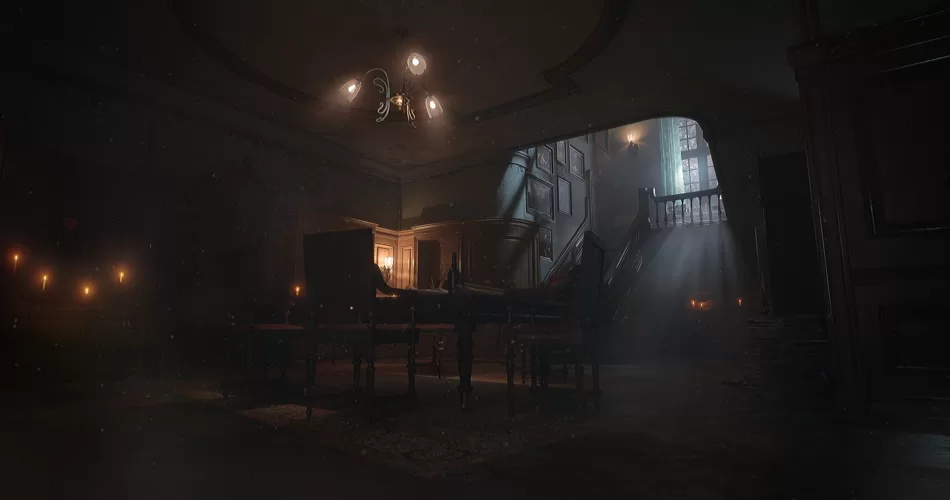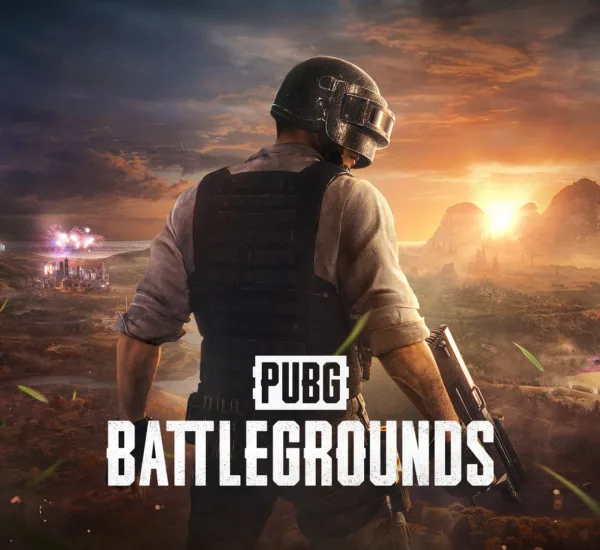If you’re a fan of psychological horror games, then you’ve likely heard of Layers of Fear. The critically acclaimed franchise has gained a reputation for its immersive storytelling and atmospheric graphics, and now, the series is back with a bang. Layers of Fear promises to be the definitive edition of the game, featuring all of the previous entries, DLCs, and a new story arc that will tie everything together. However, before you can experience the game, you’ll need to make sure that your PC meets the Layers of Fear system requirements.
Layers of Fear system requirements
In this article, we’ll take a closer look at the Layers of Fear system requirements and what they mean for your gaming experience. We’ll also discuss some of the features that you can expect from the game and what makes it such a unique and terrifying experience.
Minimum System Requirements for Layers of Fear
Let’s start by taking a look at the minimum system requirements for Layers of Fear. According to the game’s official website, you’ll need the following specifications to run the game:
- A 64-bit processor and operating system
- Windows 10 operating system
- Intel Core i5 4690 or AMD Ryzen 3 1200 processor
- 8 GB RAM
- Nvidia GTX 1060 3GB or AMD RX 580 4GB graphics card
- DirectX 12
- 20 GB available storage space
While these requirements aren’t particularly demanding, they do represent a significant step up from the previous entry in the series. Layers of Fear 2, for example, only required an Intel Core i5 3470 or AMD FX-8300 processor, 5 GB RAM, and an Nvidia GeForce GTX 750 Ti or AMD Radeon R7 260X graphics card. This increase in hardware requirements is likely due to the upgraded graphics and additional content in Layers of Fear.
Recommended System Requirements for Layers of Fear
If you want to get the most out of your Layers of Fear experience, then you’ll want to make sure that your PC meets the recommended system requirements. These specifications will ensure that you can run the game at its highest settings without any lag or performance issues. Here are the recommended requirements:
- A 64-bit processor and operating system
- Windows 10 operating system
- Intel Core i7 8700K or AMD Ryzen 5 3600 processor
- 12 GB RAM
- Nvidia GTX 1070 8GB graphics card
- DirectX 12
- 20 GB available storage space
As you can see, the recommended requirements are significantly higher than the minimum requirements. The Intel Core i7 8700K and AMD Ryzen 5 3600 processors are both high-end CPUs that can handle even the most demanding games with ease. The Nvidia GTX 1070 graphics card is also a powerful GPU that can run the game at 4K resolution with Ray Tracing and HDR enabled.
What Makes Layers of Fear So Special?
Now that we’ve covered the system requirements for Layers of Fear, let’s take a closer look at what makes the game so special. For starters, the game is built on Unreal Engine 5, which is known for its stunning graphics and advanced physics simulations. This engine allows Layers of Fear to take full advantage of modern hardware, with Ray Tracing and HDR support that can create realistic lighting effects and shadows.
The game’s narrative is also a significant part of its appeal. Layers of Fear is a psychological horror game that delves deep into the psyche of its protagonist, a troubled artist who is trying to complete his masterpiece. As you progress through the game, you’ll encounter various hallucinations, flashbacks, and nightmares that blur the line between reality and imagination. The layers of fear that the protagonist must confront are not just external manifestations. But also deeply rooted within his own mind.
More articles
So, that’s it for our article on Layers of Fear PC demo. But, we have many more articles on our website. Perhaps there are other articles among our articles that can catch your attention. For this reason, we definitely recommend that you take a look at our list below. Also, there are many different and numerous guide articles on our site. So, we recommend that you go to the guide tab on our site and take a look at our posts.
See also:



